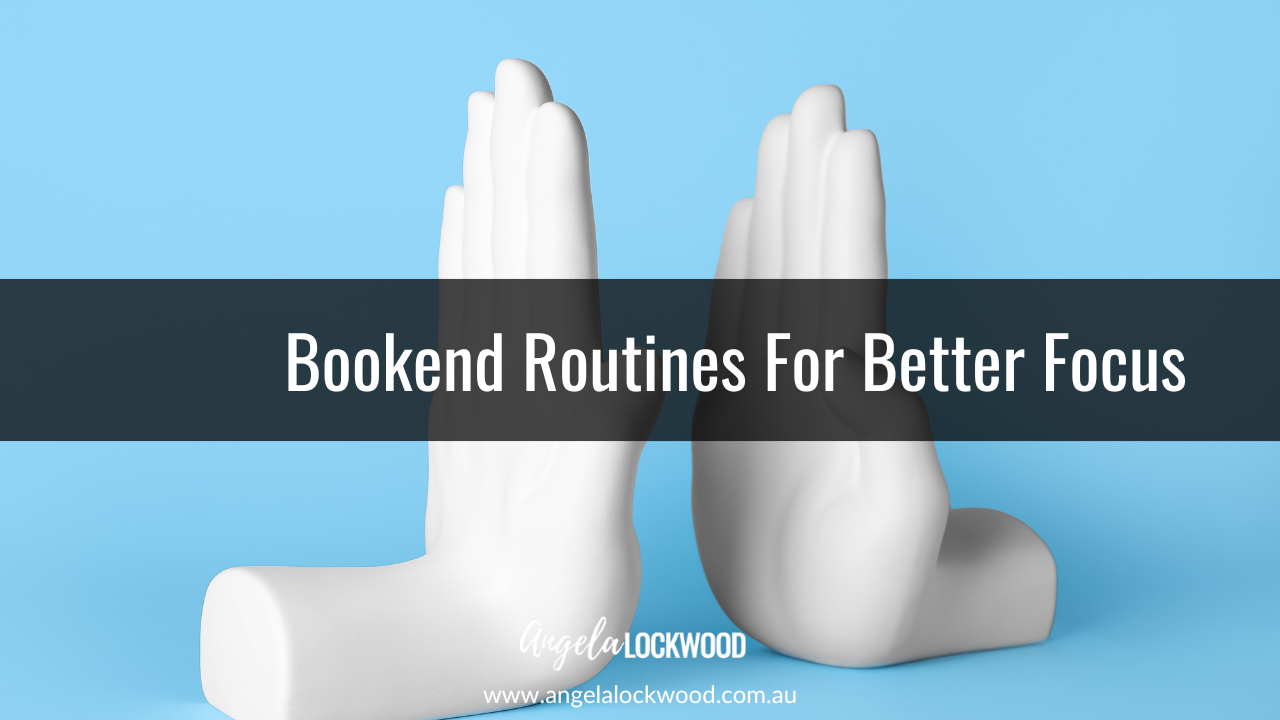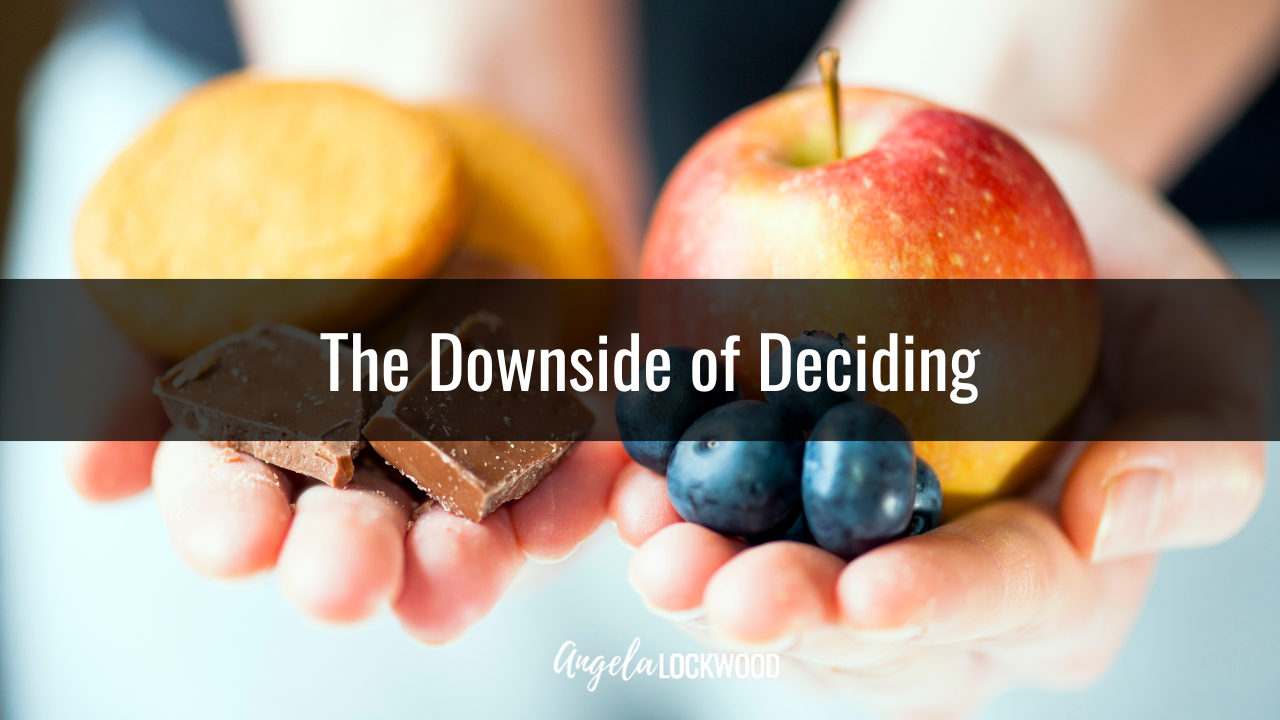Making sports lessons inclusive
Nov 02, 2021
Working in schools, I have the privilege of being able to be present in sports lessons. My role falls into either helping the teacher for ways to better include a child who is either reluctant or refusing to participate or who does not have the physical skills (yet) to participate in the activities and skills being taught. I find it an interesting space to observe how children either step into their area of confidence or step back from the challenge.
For many students, particularly students who have a physical disability or who find physical activity challenging, sports lessons are a reminder of what they can't do and as a result, they are reluctant and at times fearful of participating. For teachers, it can be easier to let the child do what they want, which is normally not productive or physically active, rather than shift their focus from the rest of the class to that one particular child.
As for me, I loved sport. In fact, throughout most of my schooling I was representing my state in field hockey so sports lessons were my happy place. I can remember even as a child wondering why some children just didn't like sports lessons, why wouldn't they? You get to be out of the classroom, running around with friends and physical activity made me feel alive. It confused me why everyone else didn't feel the same.
We recently had the fortune to see the Paralympics play out in Tokyo. I was glued to the television throughout the entire airing of the Paralympics. I have always been motivated, inspired by, and captivated by the athleticism of people who traditionally in the past would not have been considered as athletes particularly not on a global scale. When I was at school, athletes who have a disability were not something I ever saw. How fortunate we are that this is changing. For anybody who watched the Paralympics, I challenge them to see the Para athletes as anything less than elite athletes. I'm always intrigued by wanting to find out more about the athletes' backstory. Each of those athletes has had to overcome challenges within their training, within their day-to-day life to become an elite athlete. It is physical challenges, social challenges, expectation challenges, and mindset.
And when I looked into a lot of the backstories of many of the athletes and listened to their medal acceptance speeches, their team of support was always mentioned and thanked as being vital to supporting them to achieve their dreams.
When I work with schools and teachers on how to make their sports lessons more inclusive, I start with the premise that inclusion is all about ensuring all of the students in the class have the opportunity to fully participate in the lesson. This means removing any barriers to participation and making it fun for all.
The Disability Discrimination Act 1992 and Disability Standards for Education 2005 is designed to give students with disability the same rights as other students. When it comes to sports, schools are required to provide quality sport and Physical Education programs that cater to all abilities.
In all classes, there is a range of skills, talents, and abilities no matter the subject, and for teachers ensuring that all students can be the best learner they can be is central to the work of teachers. In sport lessons, this is even more evident as children's physical abilities, motor skills, social maturation, attentional skills, and sensory regulation skills are so varied due to the developmental level of each child. In some classes, children the chronological age difference in a class can be up to 18 months let alone the range of their physical maturation.
In a class, the range is from the physically skilled students who are active in out-of-school sports and thrive on sport and the competitiveness to children who prefer to undertake more sedentary pursuits and are not involved in out-of-school sport and everything in between. For some students, sports lessons are a source of anxiety due to:
-
Lack of confidence in social situations
-
Difficulties with physical or motor skills
-
Environmental overwhelm
-
Lack of confidence in their ability
-
Spatial skills
-
Lack of predictability and anticipation
-
Difficulty with adapting to the rules of the activity (and students not following them).
The role of teachers is crucial in building confidence in all of the students and ensuring sports lessons are both inclusive and fun. For many students, sports lessons reinforce their fears so they elect not to participate or to find their own way of passing the time. An inclusive sports lesson is not having children separated based on skills level and adaption needed. For example, having a child who uses a wheelchair placed off to the side of the class doing their own activity with an adult is not an inclusive lesson.
When planning an inclusive sports lesson it comes down to thinking through the following:
-
The individual skills of the students in the class.
-
The design of the lesson.
-
The way the instructions are delivered.
-
The layout of the activity.
-
The location and environment the lesson is being delivered in.
-
The equipment being used.
-
The type of feedback given.
-
The way skills will be developed.
Over the next month, I will be breaking down each of these considerations to help you as a teacher ensure every child has equal access to your teaching, the activities, and the fun that comes with being physically active.
Angela 😀






